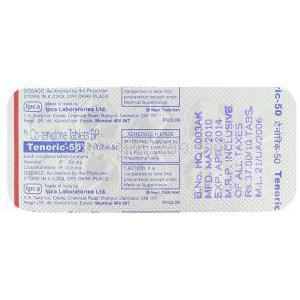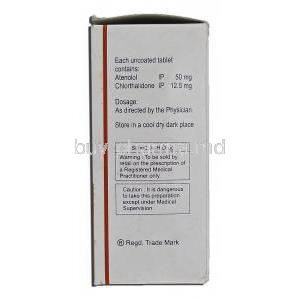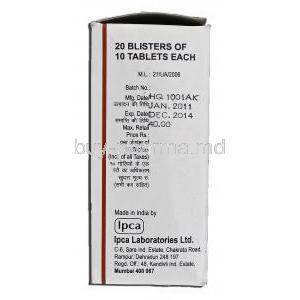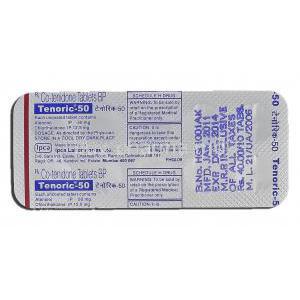Atenolol/ Chlorthalidone
- I. Introduction
- II. Composition and Properties
- III. Mechanism of Action: How Atenolol/Chlorthalidone Works
- IV. Uses of Atenolol/Chlorthalidone
- V. Off-Label Uses of Atenolol/Chlorthalidone
- VI. Dosage and Administration
- VII. Side Effects of Atenolol/Chlorthalidone
- VIII. Interactions with Other Medications
- IX. Contraindications and Cautions
- X. Important Precautions
- XI. Special Considerations for Diverse Populations
- XII. Handling and Storage Requirements
- XIII. Management of Overdosage
I. Introduction
II. Composition and Properties
III. Mechanism of Action: How Atenolol/Chlorthalidone Works
IV. Uses of Atenolol/Chlorthalidone
-
Blood Pressure Control: Atenolol, a beta-blocker, helps reduce the heart rate and the force of contraction, thereby lowering blood pressure. Chlorthalidone, a thiazide diuretic (water pill), promotes the excretion of excess salt and water from the body, further aiding in blood pressure reduction1.
-
Risk Reduction: By effectively managing blood pressure, Atenolol and chlorthalidone contribute to a decrease in the risk of stroke, heart attacks, and artery bulges (aneurysms). Consistent use of this combination medication can lead to better outcomes and a lower likelihood of complications related to heart problems over time1.
V. Off-Label Uses of Atenolol/Chlorthalidone
-
Arrhythmias:
-
Thyrotoxicosis:


































